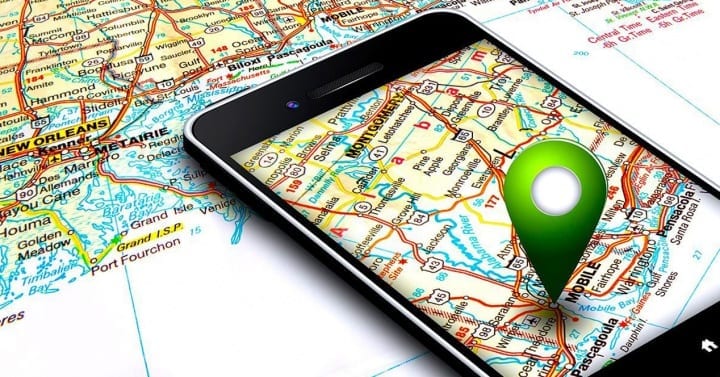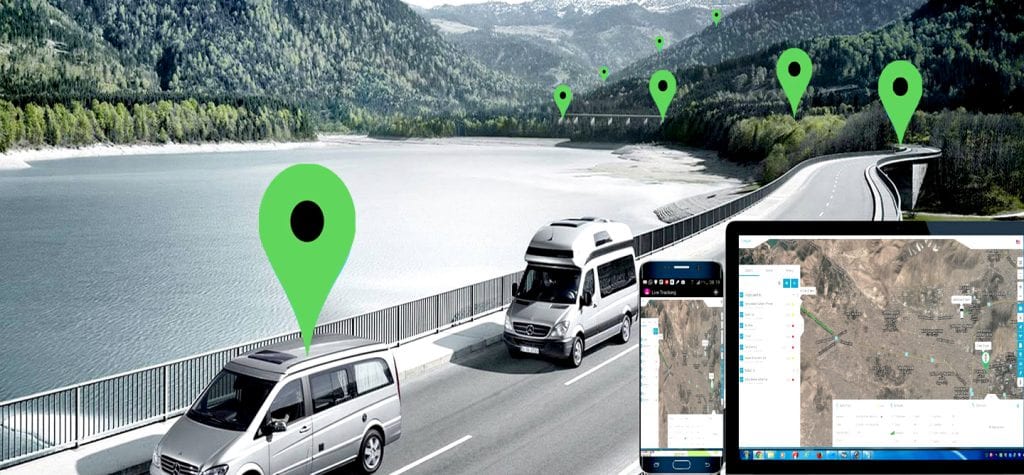GPS tracking technology has come a long way in the past few years to the point where it absolutely has a home in just about any type of business you can think of. Whether you’re trying to improve the safety of remote employees, the efficiency of your fleet, or the productivity of your entire workforce, GPS can be essential for furthering all of these needs and more.
One of the most important things to keep in mind about all of this is that no two GPS tracking solutions are created equally. Yes, a lot of them share the same basic features, but when you start to get into a discussion of advanced functionality, they can all vary pretty differently. This is particularly true as far as price is concerned. Because of that, you need to remember that this isn’t about finding what is objectively the best GPS tracking solution for everyone; instead, you’re trying to find the one that most accurately aligns with your own long-term goals as a business professional.

Source: fielinks.com
Your goal isn’t to invest in modern technology just for the sake of it. It’s to apply technology in the right way for the right tasks at precisely the right moment in your organization’s history. Because of that, there are a few essential features you’re definitely going to want to make sure you invest in.
Employee GPS tracking solutions: Here are the features to be aware of
If you’re going to be using a GPS tracking solution to monitor your employees instead of assets, a geofencing feature is a must. Geofencing allows you to create a predetermined perimeter around your business so that you can see precisely when your employees are coming and going. This can make it easier to leverage automatic timesheet monitoring to your advantage. Even if an employee shows up for the day and leaves at night without clocking in manually, your GPS will still be able to tell you when that person was there and how long that person worked.
Other advanced features are particularly helpful in terms of issues like fleet management. Your GPS tracking solution should be able to support custom routes, for example, to leave some discretion in the hands of drivers as to how they avoid things such as heavy traffic and road closures. Two-way communication is also a necessity, as it always lets your drivers keep you in the loop about what they’re doing — and vice versa.
But equally pressing will be your ability to set up location-specific tasks. If one of your drivers arrives at a set destination, the GPS tracker should automatically trigger certain jobs or tasks based on current location information.

Source: darrak.af
As stated, many GPS tracking solutions operate in different ways from their competitors. Because of this, it can be helpful to sit down and perform an internal analysis of your needs before you look for a specific piece of technology to help address those desires. Separate all the features you’re interested in into four distinct categories: essential, nonessential, helpful and those that should be avoided.
Fill each of those four categories with as many items as you can think of, and then find the right solution that checks as many of those boxes as possible. Certain solutions may seem perfect on paper, but if they’re filled with far too many non-essential features and not enough essential ones, you’re really not paying for as much value as you think you are. Sure, they’ll still be nice, but they won’t support and empower your workforce in the ways that you need.
Likewise, you’ll want to sit down and engage with all key stakeholders while you populate these lists. Communicate with all departments about what types of features would legitimately make it easier for them to work smarter, not harder. This is one decision that you cannot afford to make in a vacuum. This investment — and its ability to integrate properly into your business — depends on it.
Source: aranasecurity.com
